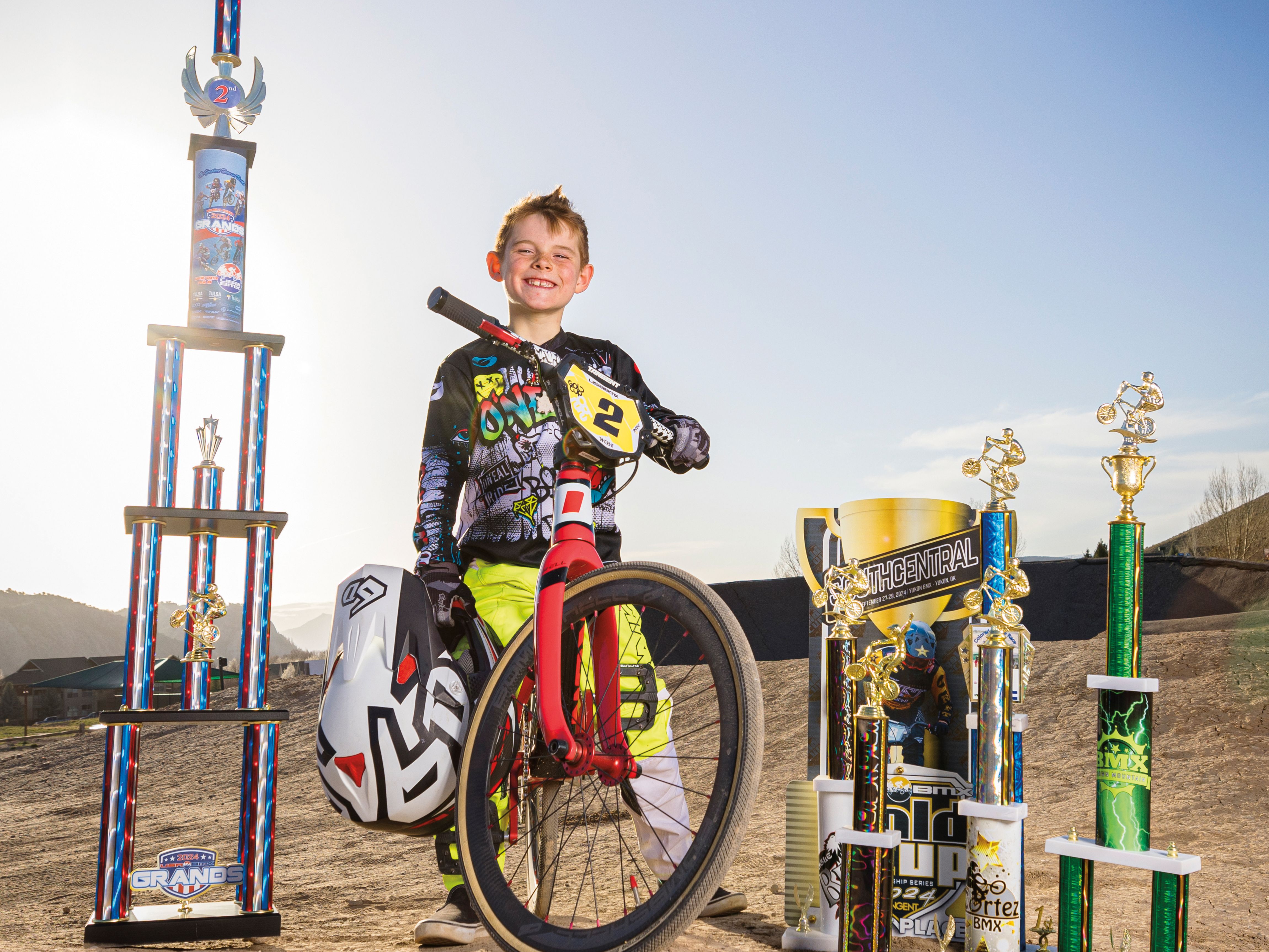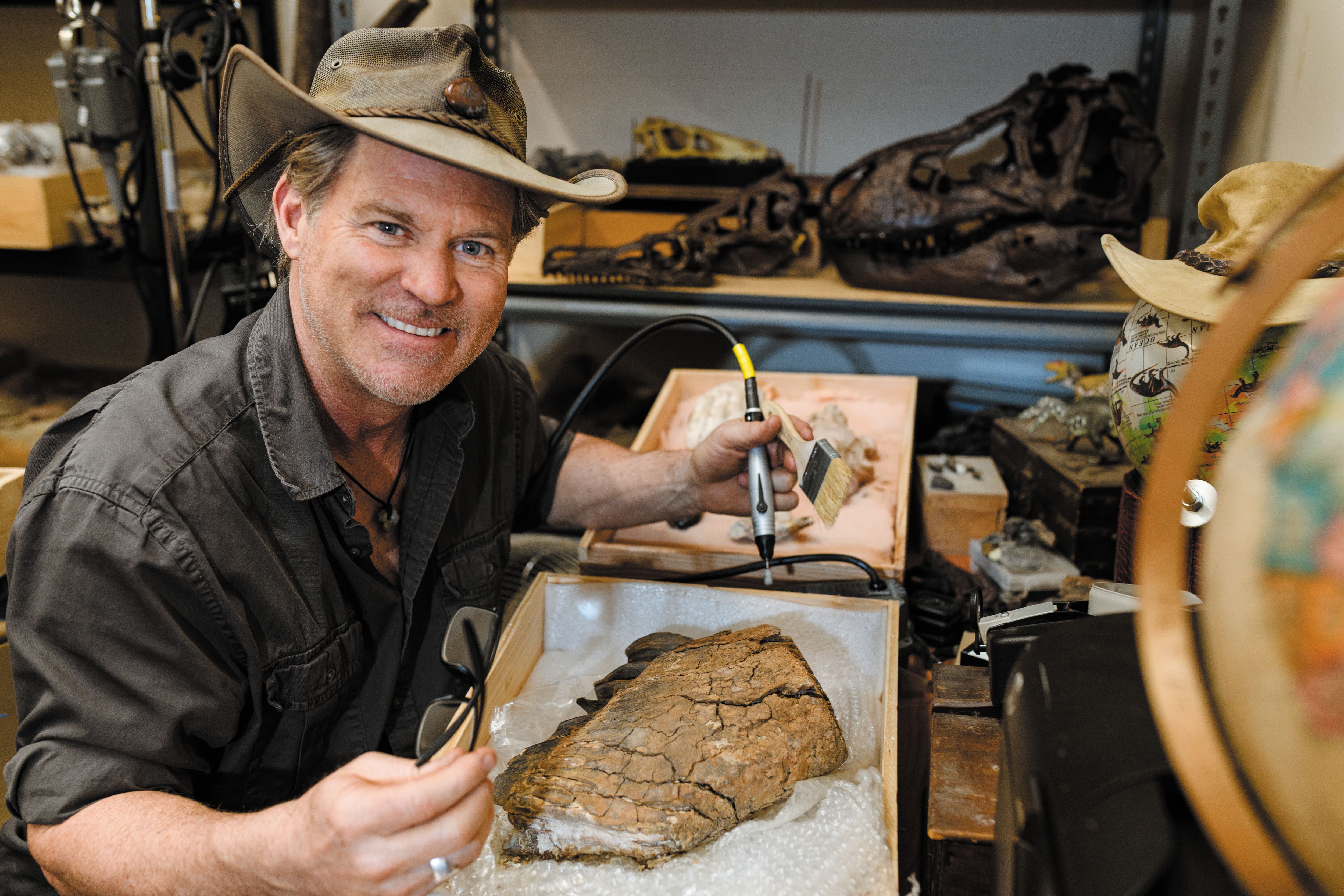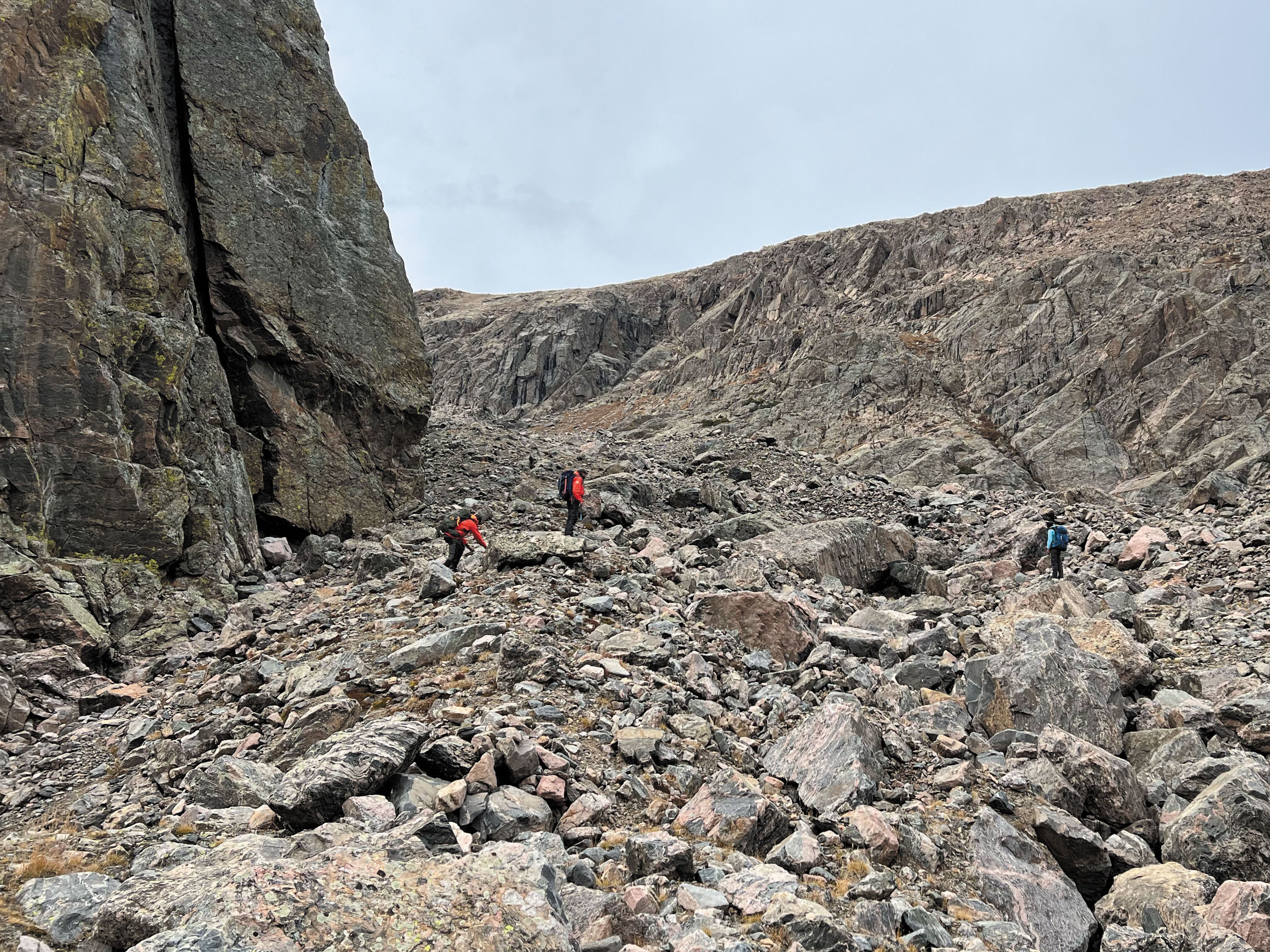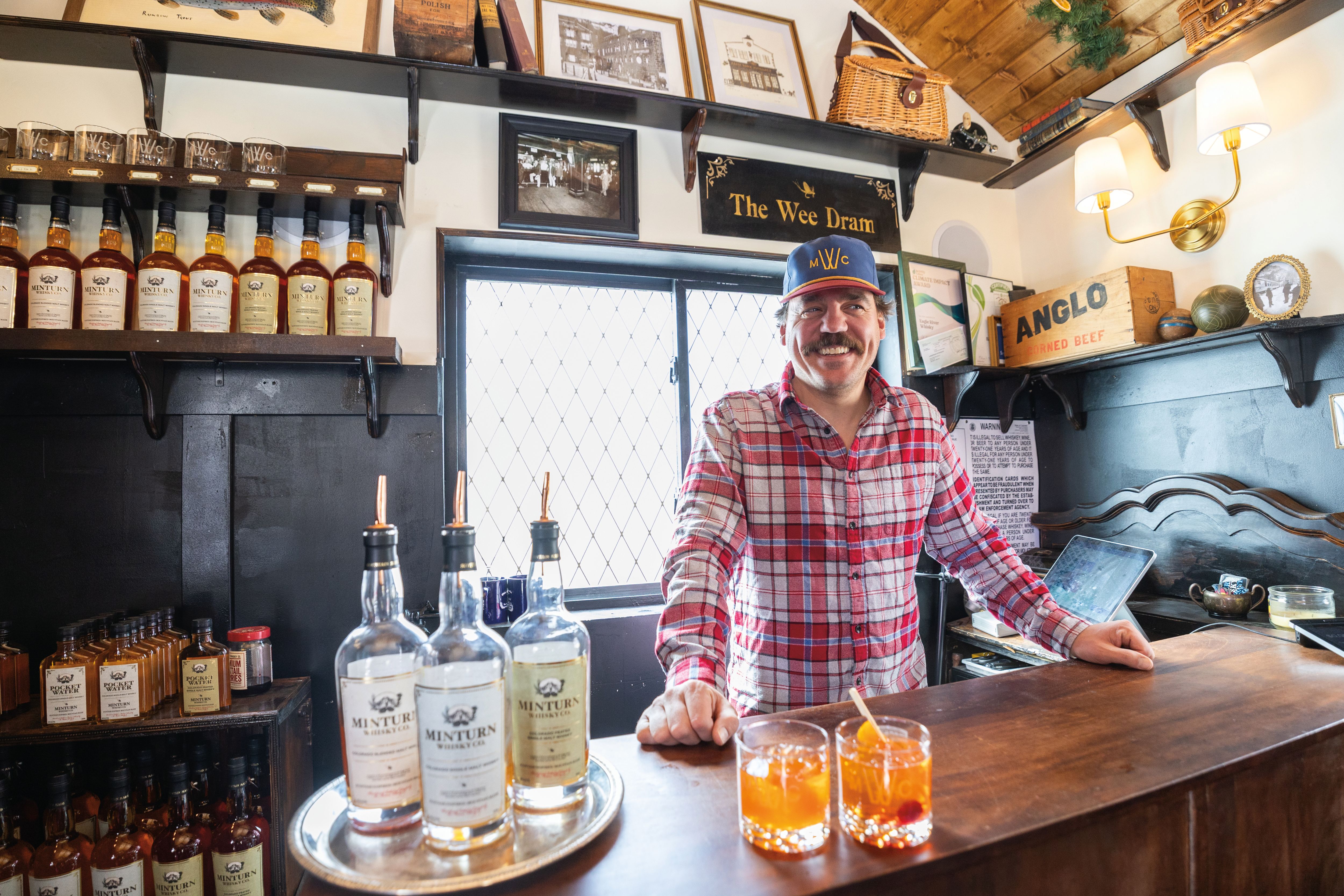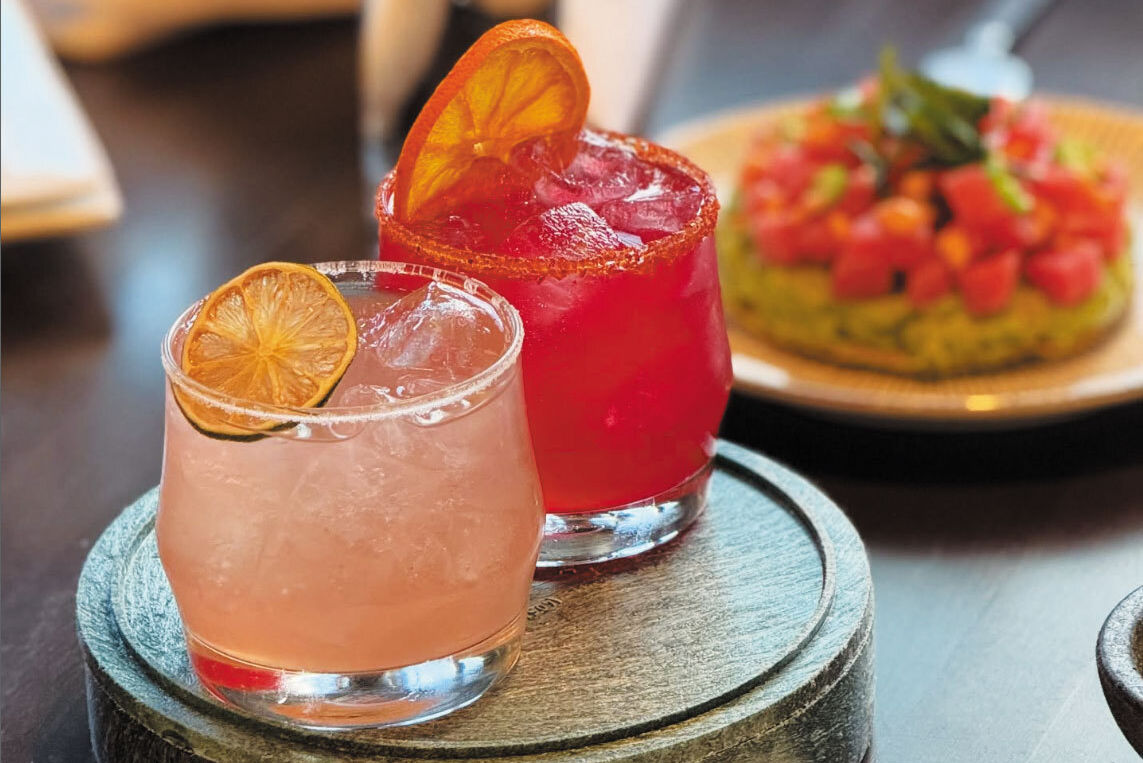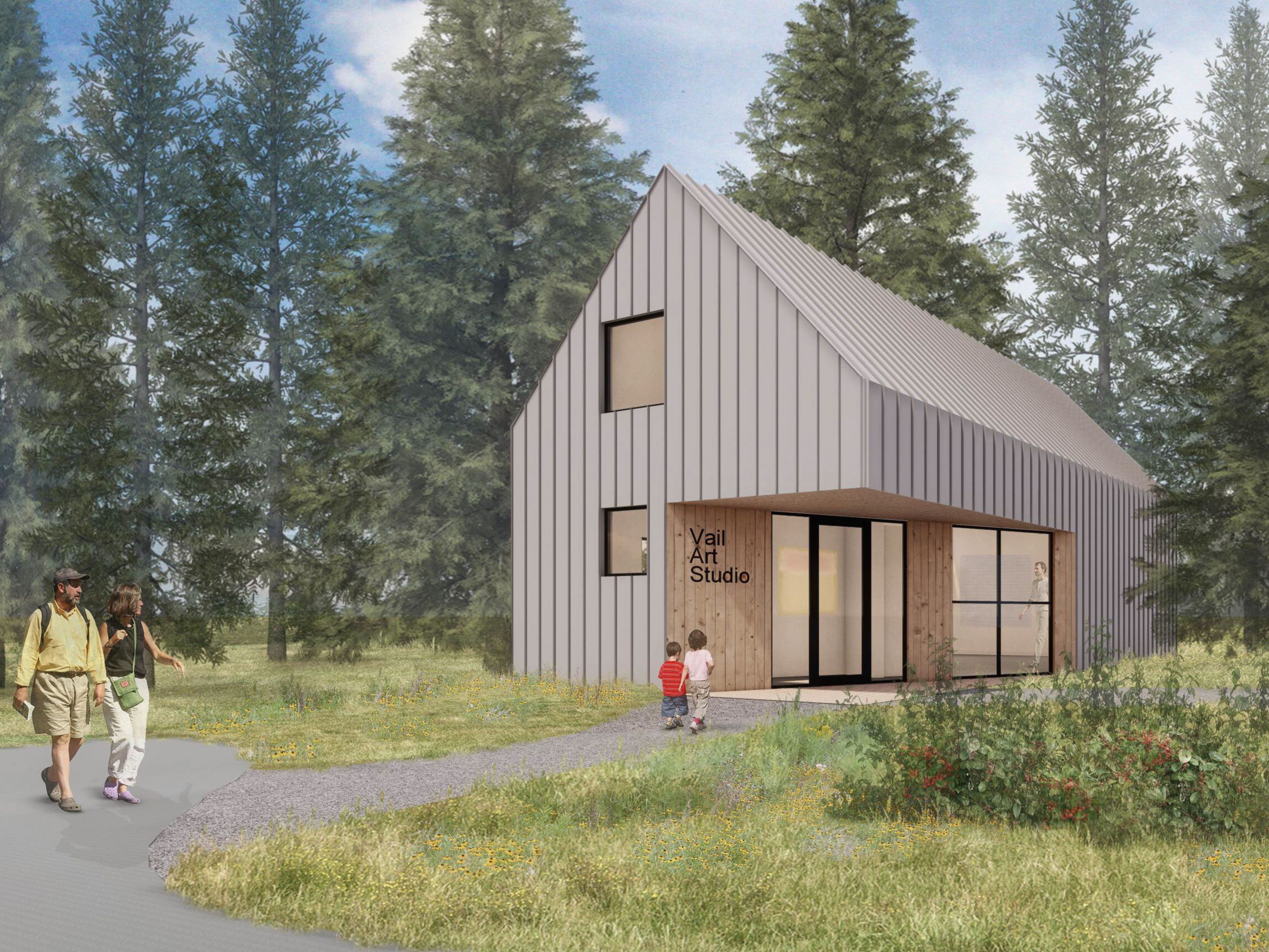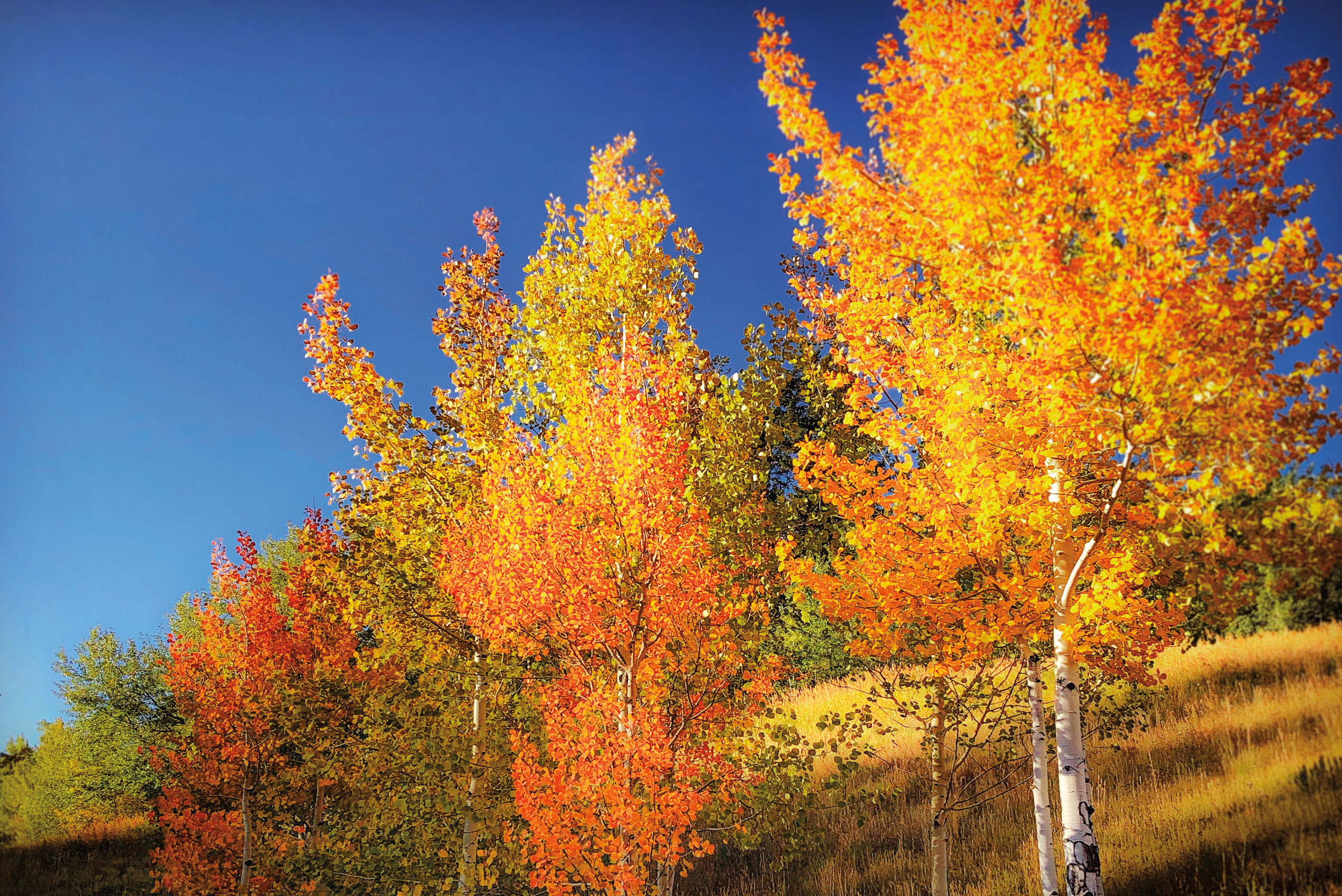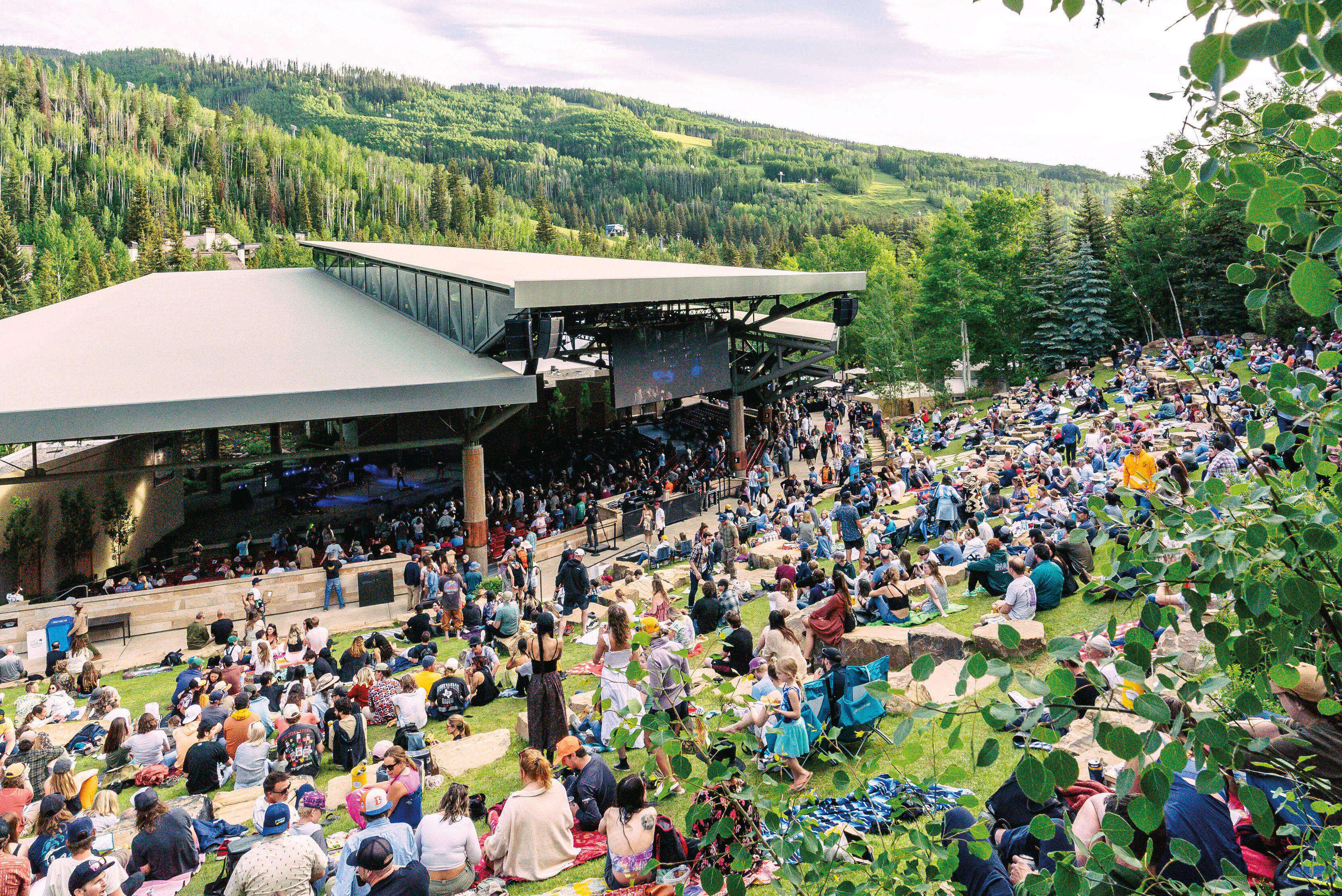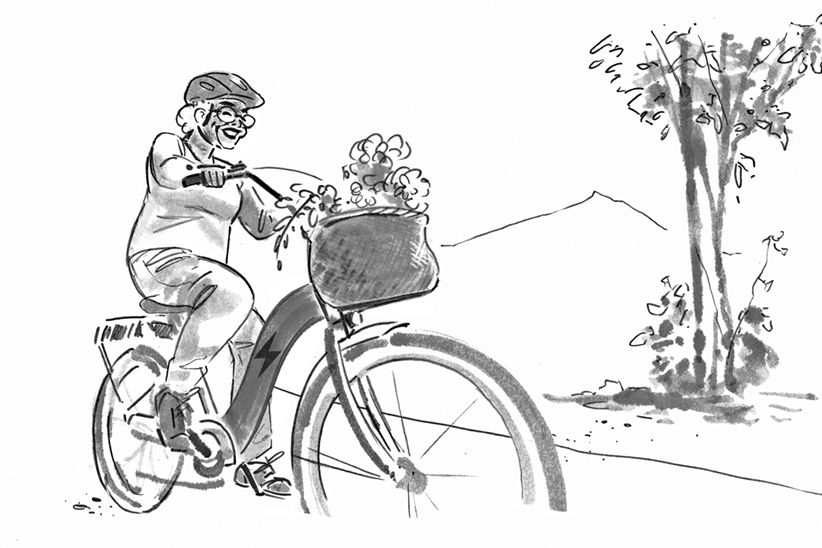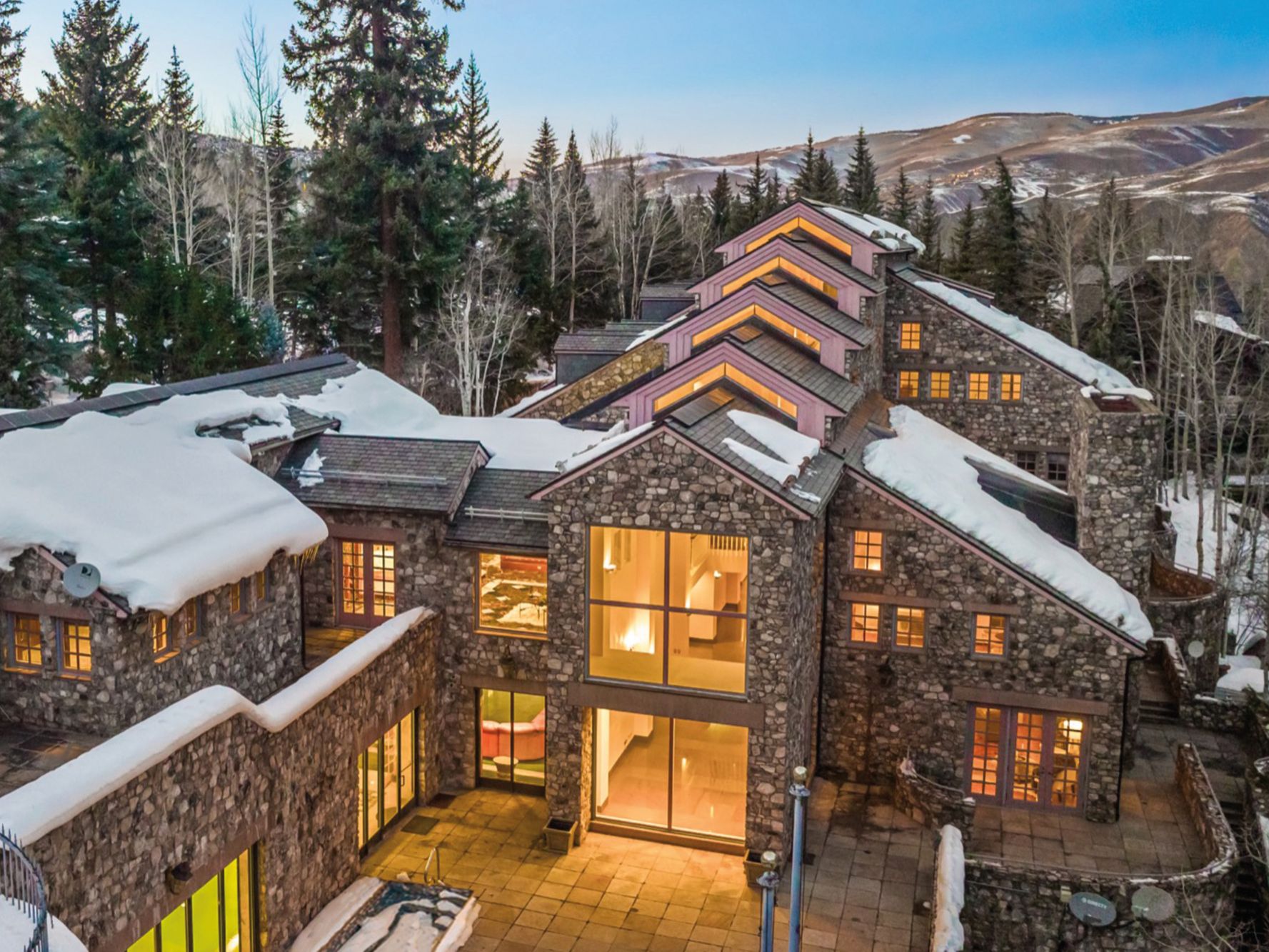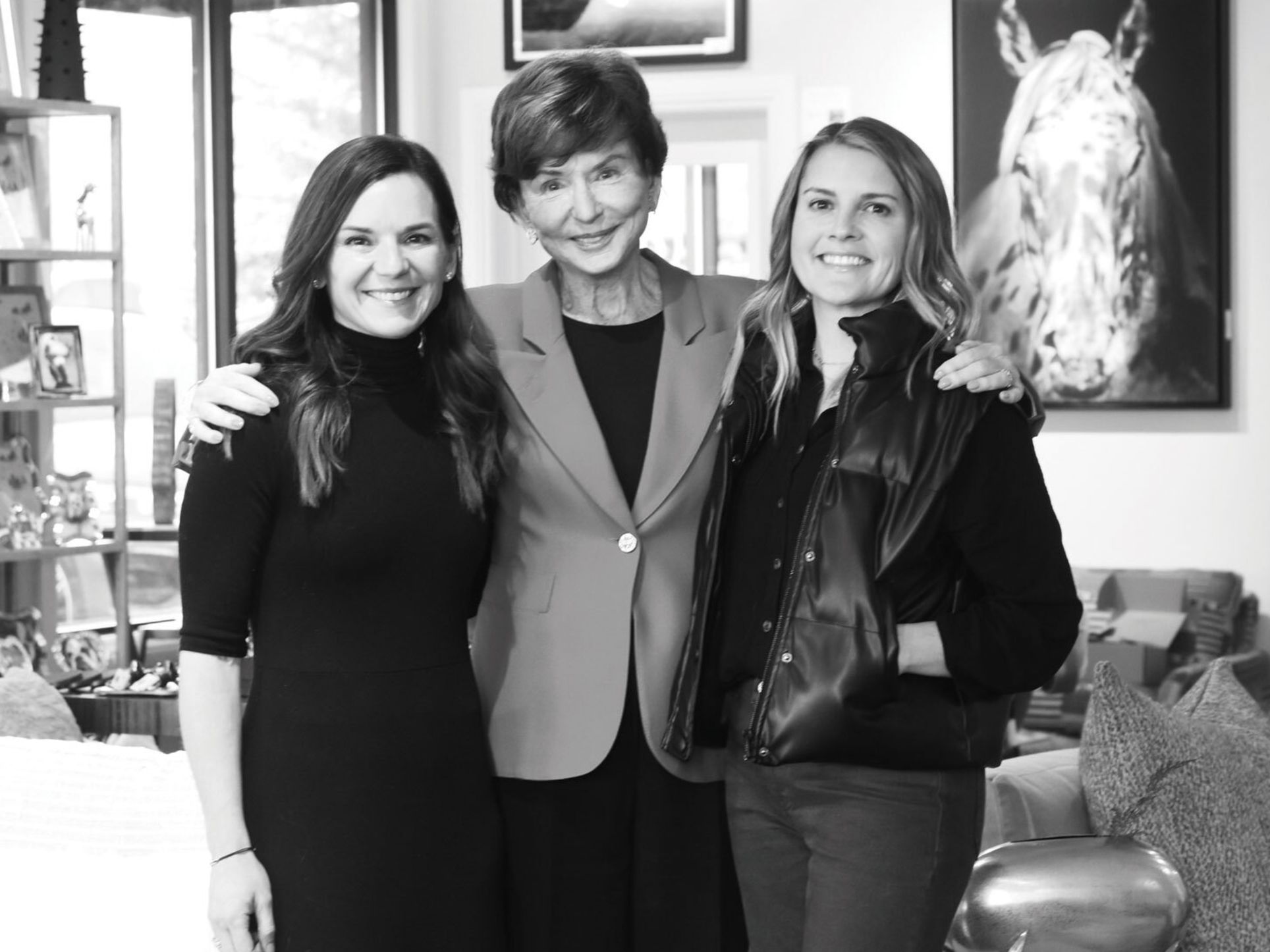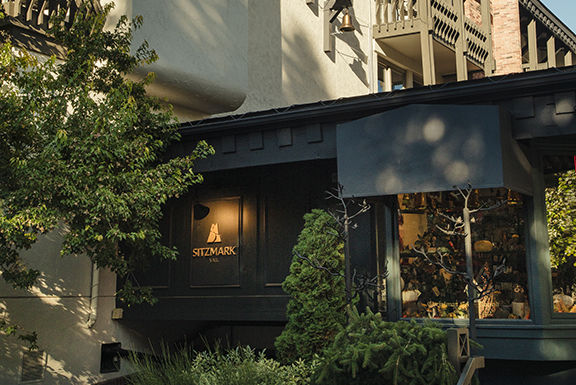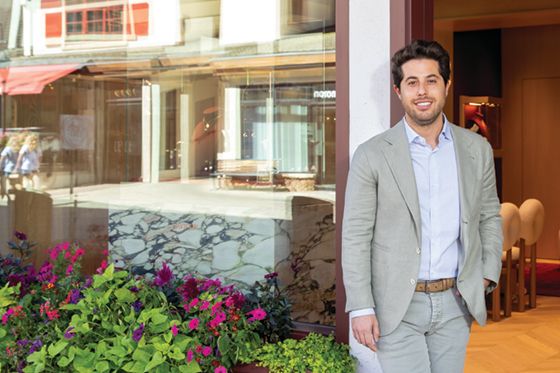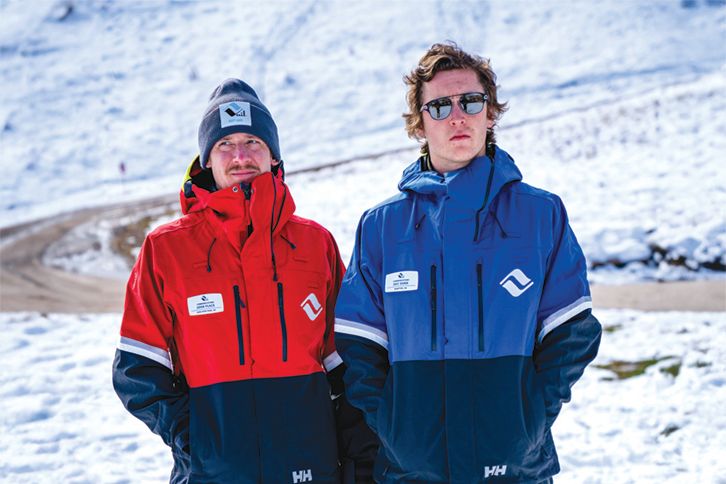The Magic Kingdom of Vail?

Sport Goofy debuted at the 1989 World Championships in Vail.
Image: Courtesy Kelley Baskins
Husband and wife team Greg Glasgow and Kathryn Mayer didn’t set out to write a book. But, as journalists, they’re always on the hunt for a good story. And while wandering through the Walt Disney Family Museum in San Francisco in 2018, the Colorado-based couple found one. “There was a timeline of Walt’s life and a mention that, in the 1960s, he tried to build a Disney-style ski resort in Mineral King in California,” Glasgow says. “His partner was a man named Willy Schaeffler, who was a famous skier and head ski coach at DU.”
A couple key details caught Glasgow and Mayer’s attention: First, DU is Mayer’s alma mater and she had never heard of the Disney connection. And second, Mineral King is protected land in California’s Sequoia National Park. The duo started poking around. What they would ultimately find was an unknown bit of history, the beginnings of the environmental movement, and a shift in the ski industry at large.
“When we started to understand the environmental piece, we realized it could be a book,” Mayer explains. “We were surprised that no one had written one before because it was a 20-year battle that had a big impact on Disney and the environmentalists.” The idle hours of the pandemic allowed Glasgow and Mayer to get serious about the story, and this past September, Rowman & Littlefield released Disneyland on the Mountain: Walt, the Environmentalists, and the Ski Resort That Never Was.
It’s a worthy read just to learn about Disney’s intention to build in Mineral King (which at the time had not been annexed by Sequoia National Park) and still-relevant environmental law that blocked the project. But if you’re into local history at all, you will find chapter 13 especially interesting because there’s a long section about Disney’s influence on Vail Associates and the ski industry.
As the book explains, when Mike Shannon first came aboard as CEO of Vail Associates in 1986, he was looking to plump up Vail’s image. He knew that co-founder Pete Seibert had taken his inspiration for the resort from Zermatt, Switzerland—the same Alpine village that had inspired Mineral King. Shannon had a revolutionary vision to turn Vail into a family-friendly resort—he also happened to be friends with Disney President Frank Wells. And who better to brainstorm kid-friendly ideas with than Wells himself?
Shannon traveled to meet with the company’s Imagineers and even got a look at the original plans for Mineral King. He was so smitten by the playscapes and the kid-friendly focus that Vail’s ski school quickly took on a similar look. Shannon even asked Wells if Disney characters could visit Vail. In 1989, a ski-gear donning “Sport Goofy” debuted at the World Alpine Ski Championships in Vail.
“Sport Goofy quickly became a draw for families and a regular at Vail’s ski school, which took more cues from Disney in its innovative and whimsical design,” explain Glasgow and Mayer in the chapter. The book also points out other Disney-inspired details that have become commonplace both at Vail and other resorts—things like an obsession with cleanliness and employee name tags emblazoned with their hometowns.
In Vail’s search for identity, the resort, via Disney and Mineral King, changed the course of the ski industry forever.

